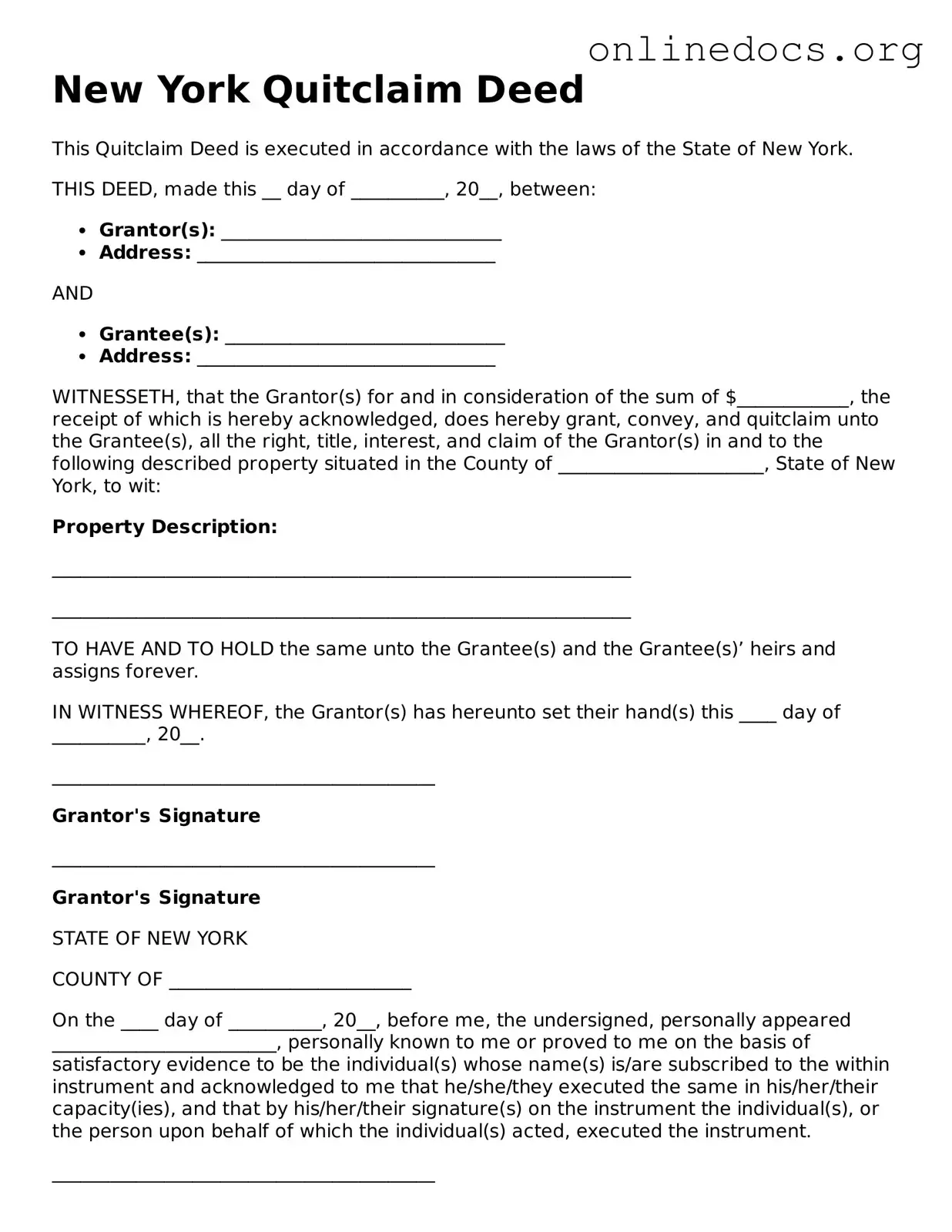A warranty deed is a legal document used to transfer ownership of real estate. Unlike a quitclaim deed, a warranty deed guarantees that the seller holds clear title to the property and has the right to sell it. The seller also promises that there are no liens or claims against the property. This added level of assurance makes warranty deeds more commonly used in real estate transactions where buyers seek protection against potential disputes over ownership.
The Last Will and Testament form is a vital component in estate planning, ensuring that one's assets and care for dependents are addressed according to their wishes. Unlike other legal documents that may not encompass all intentions, this form clarifies and enforces directives after a person's passing, providing peace of mind to both the testator and their loved ones. For those looking to create such an important document, resources can be found at legalformspdf.com, which offers a comprehensive guide to drafting a Last Will and Testament.
A special warranty deed is similar to a warranty deed but with a crucial difference. It only guarantees that the seller has not caused any issues with the title during their ownership. The seller does not make any promises about the property's history before they acquired it. This type of deed is often used in commercial real estate transactions, where the seller may have limited knowledge of the property's past.
A bargain and sale deed transfers property without any warranties against encumbrances. This means the seller does not guarantee clear title, but they do imply that they have the right to sell the property. Buyers may accept this type of deed in situations where they are willing to take on the risk of potential title issues, often at a lower price.
A grant deed is another document used to transfer property. It provides some assurances to the buyer, such as confirming that the seller has not sold the property to anyone else and that the property is free of undisclosed encumbrances. While it does not offer the same level of protection as a warranty deed, it still provides more security than a quitclaim deed.
A deed of trust is used primarily in real estate financing. It involves three parties: the borrower, the lender, and a third-party trustee. The borrower conveys the property to the trustee, who holds it as security for the loan. If the borrower defaults, the lender can initiate foreclosure. This document serves a different purpose than a quitclaim deed, focusing on securing a loan rather than transferring ownership.
An easement deed grants a right to use a portion of someone else's property for a specific purpose, such as access or utility installation. Unlike a quitclaim deed, which transfers ownership, an easement deed allows one party to use the property while the owner retains title. This type of document is essential for maintaining access to landlocked properties or for utility companies needing to install lines.
A lease agreement is a contract that allows one party to use another's property for a specified period in exchange for rent. While it does not transfer ownership, it creates a legal relationship between the landlord and tenant. Unlike a quitclaim deed, which conveys title, a lease agreement provides temporary rights to use the property.
